1. Marble Countertops

Marble is undeniably beautiful, but it’s also notoriously porous and prone to staining. One splash of tomato sauce or a squeeze of lemon can leave behind a mark that won’t budge. In a cooking-heavy kitchen, that kind of upkeep is frustrating and expensive. Most chefs prefer something more durable, like quartz or butcher block.
Even sealing marble only buys you time, not permanent protection. It’s a surface that rewards careful, delicate use, which doesn’t line up with the messiness of real cooking. When you’re rolling out dough or chopping vegetables, you don’t want to worry about etching the stone. In short, marble is for show kitchens, not hardworking ones.
2. Open Shelving
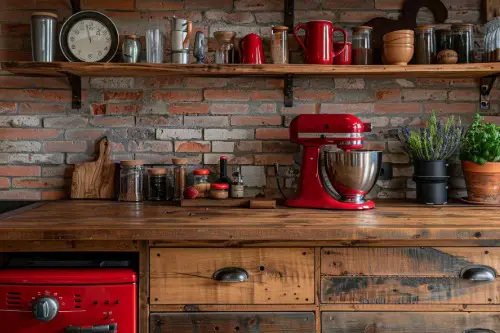
Open shelves look amazing in design magazines, but if you actually cook, they can quickly turn into a dust and grease trap. Everything from frying oil to steam carries residue that clings to exposed plates and glasses. Unless you’re constantly cleaning, your “styled” kitchenware will start looking grimy instead of chic. The aesthetic payoff rarely lasts once real cooking enters the equation.
On top of that, open shelving demands constant organization. If you toss spices or mismatched mugs up there, the look gets cluttered fast. A kitchen that sees regular action just doesn’t have the luxury of always being staged like a showroom. It’s one of those features better suited for a photoshoot than for a household that cooks daily.
3. Glass-Front Cabinets
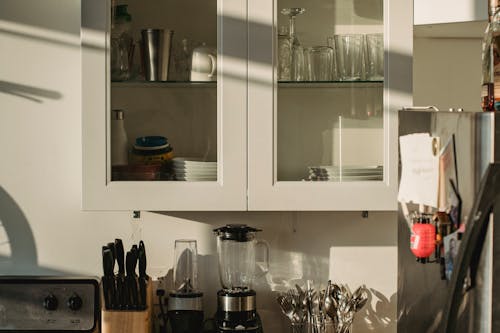
Glass-front cabinets make a kitchen look airy and elegant, but they’re incredibly unforgiving. Any smudge, fingerprint, or chip in your dishware is immediately on display. If you’re someone who cooks often, it’s hard to keep those panes crystal clear. Steam and grease from stovetop cooking only make the problem worse.
They also demand perfect organization inside the cabinet. A stack of random plastic containers or mismatched mugs will instantly kill the sleek look. Cooking regularly often means you need utility over aesthetics, and glass cabinets don’t leave much room for imperfection. They look great in model homes but less so in a lived-in kitchen.
4. White Cabinets
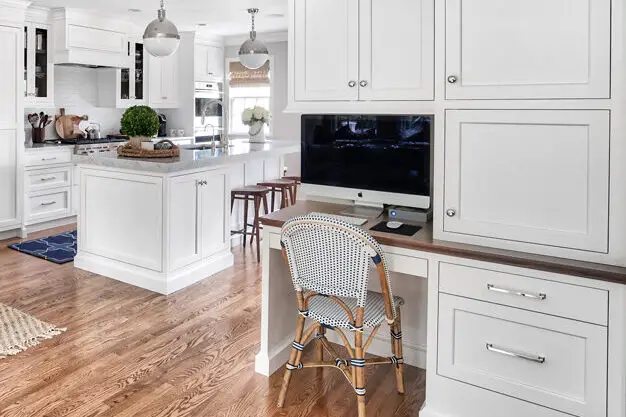
White cabinetry has a timeless, fresh feel—but in a real cooking kitchen, it’s a cleaning nightmare. Splashes from sauces, oils, and even coffee can leave noticeable stains. Every fingerprint or scuff seems to jump out against the white backdrop. Unless you’re wiping things down constantly, the brightness fades fast.
Daily cooking accelerates wear and tear. Hinges discolor, corners collect grime, and handles quickly darken from frequent use. For people who love the look of crisp white kitchens, it’s important to understand the high-maintenance reality. They photograph beautifully but don’t age gracefully with heavy cooking.
5. Pot Racks Over the Island
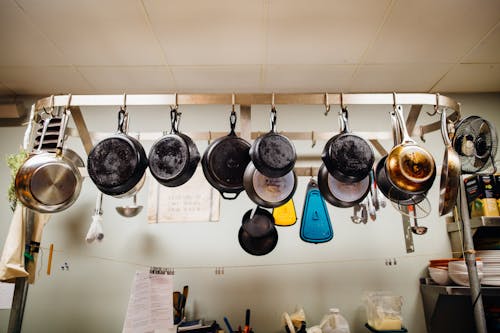
Hanging pot racks look rustic and cozy, but they’re less practical than they appear. In a cooking-heavy kitchen, pots and pans accumulate grease splatters and dust surprisingly fast when suspended overhead. Cleaning them before every use becomes an added chore. They also tend to make a space feel more cluttered than streamlined.
In professional kitchens, pots are stored within easy reach but not where airborne grease can settle. For home cooks who use their pans every day, the rack ends up being more decorative than functional. Plus, if you’re short on ceiling height, they can even feel oppressive. They look charming, but the upkeep makes them less appealing in real life.
6. Open Spice Racks
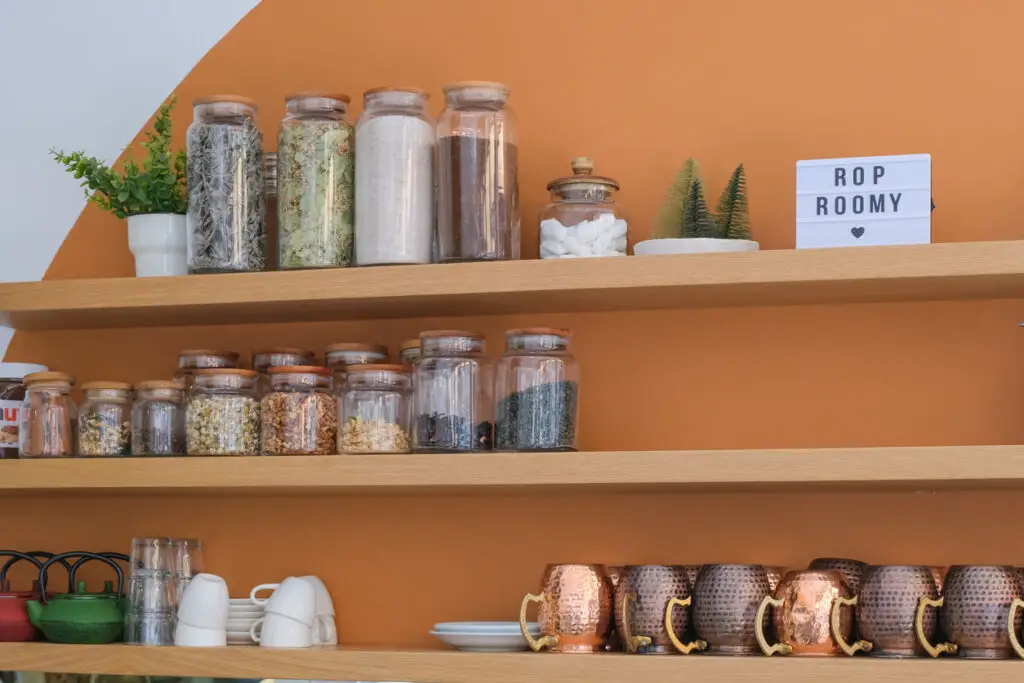
Colorful spice jars lined up in open racks make for a striking visual. But real cooking means those jars are exposed to heat, light, and humidity—all of which degrade spices quickly. That turmeric will fade and that cinnamon will clump before you’ve used half the jar. In terms of function, it works against the goal of keeping flavors fresh.
Beyond freshness, there’s the cleaning factor. Spices in open racks get coated with a fine layer of grease and dust, especially if they’re near the stove. Scrubbing sticky cumin bottles isn’t anyone’s idea of fun. Hidden storage or drawer organizers are a lot more practical for people who cook daily.
7. Dark Countertops
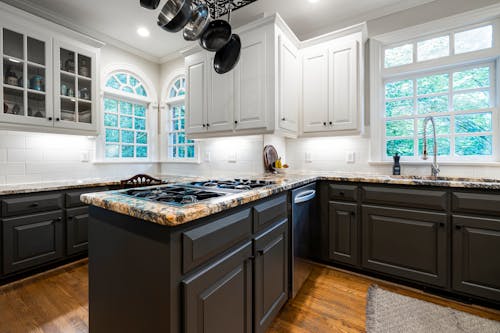
Dark granite or quartz looks sleek and modern, but in practice, it highlights every crumb, water spot, and streak. If you cook often, wiping surfaces multiple times a day becomes routine. The contrast makes even the tiniest speck stand out. Instead of hiding messes, it constantly showcases them.
While they don’t stain as easily as lighter stones, the cleaning issue gets old fast. A quick prep session can leave your counters looking messy almost immediately. For people who cook every night, that means endless polishing. They photograph beautifully but are less forgiving in daily life.
8. Farmhouse Sinks

Farmhouse sinks are trendy for their charm and size, but they come with hidden drawbacks. Their flat, apron-front design tends to chip or scratch easily from heavy pots and pans. Because they’re deeper, they also encourage bad back posture during long dishwashing sessions. The trade-off for aesthetics isn’t always worth the pain.
On top of that, farmhouse sinks often splash water more than undermount or drop-in styles. If you’re rinsing vegetables or scrubbing pots daily, that mess adds up. The sink itself can handle volume, but the surrounding cabinetry often suffers water damage. It’s a case where looks overshadow practicality.
9. High-Gloss Finishes
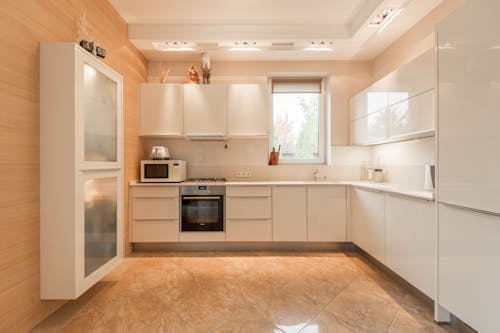
High-gloss cabinets and surfaces reflect light beautifully, making a kitchen feel upscale. But they’re fingerprint magnets, and cooking tends to leave behind smudges fast. Even wiping them can leave streaks that catch the eye. Keeping that perfect reflective look takes more work than most home cooks bargain for.
In practice, these glossy finishes are best for kitchens with minimal use. Once you introduce real cooking—steam, splatter, and handling—the shine fades quickly. Every touch requires polishing to restore the showroom look. It’s one of those design choices that prioritizes style over day-to-day ease.
10. Undercabinet Lighting Without Covers

Exposed strip lighting under cabinets makes for a sleek effect, but grease buildup can be brutal. In a cooking-heavy kitchen, steam and oil rise constantly. Those strips quickly become sticky, dulling the light and creating a cleaning headache. Without covers, the maintenance is constant.
Covered undercabinet lighting, on the other hand, is much easier to wipe down. It still gives you the glow without the hassle. For frequent cooks, the uncovered version just creates another place for grime to settle. The convenience gap is big enough to make a difference.
11. Overly Large Kitchen Islands
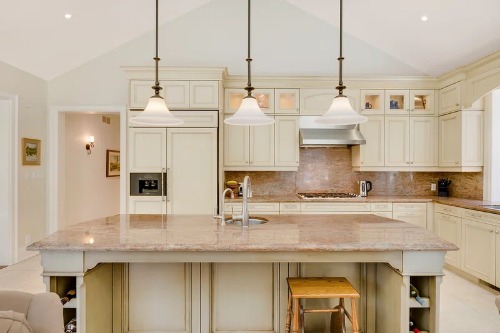
A massive island can feel luxurious, but it’s not always practical for real cooking. If it’s too big, moving between the sink, stove, and fridge becomes inefficient. Cooking is all about workflow, and too much space slows you down. You’ll find yourself walking laps instead of smoothly preparing meals.
Big islands also tend to collect clutter. Instead of being a helpful prep surface, they become dumping grounds for mail, appliances, or random items. For people who cook daily, this just adds frustration. It’s a feature that looks glamorous but can be a workflow killer.
12. Open Wine Racks

Wine racks built into kitchen cabinetry look stylish, but kitchens aren’t ideal storage environments. Heat, light, and vibration from appliances can spoil wine quickly. Unless you drink those bottles within weeks, their quality will decline. It’s not just impractical—it’s actively harmful to what you’re storing.
For serious cooks who also love wine, a proper wine fridge or cellar is a smarter choice. The open rack is more decorative than functional. It works fine for display or quick-drink bottles but not for proper aging. If you actually care about what’s inside the bottle, the open rack is a red flag.
This post 12 Kitchen Features That Only Look Good if You Don’t Cook was first published on Greenhouse Black.
